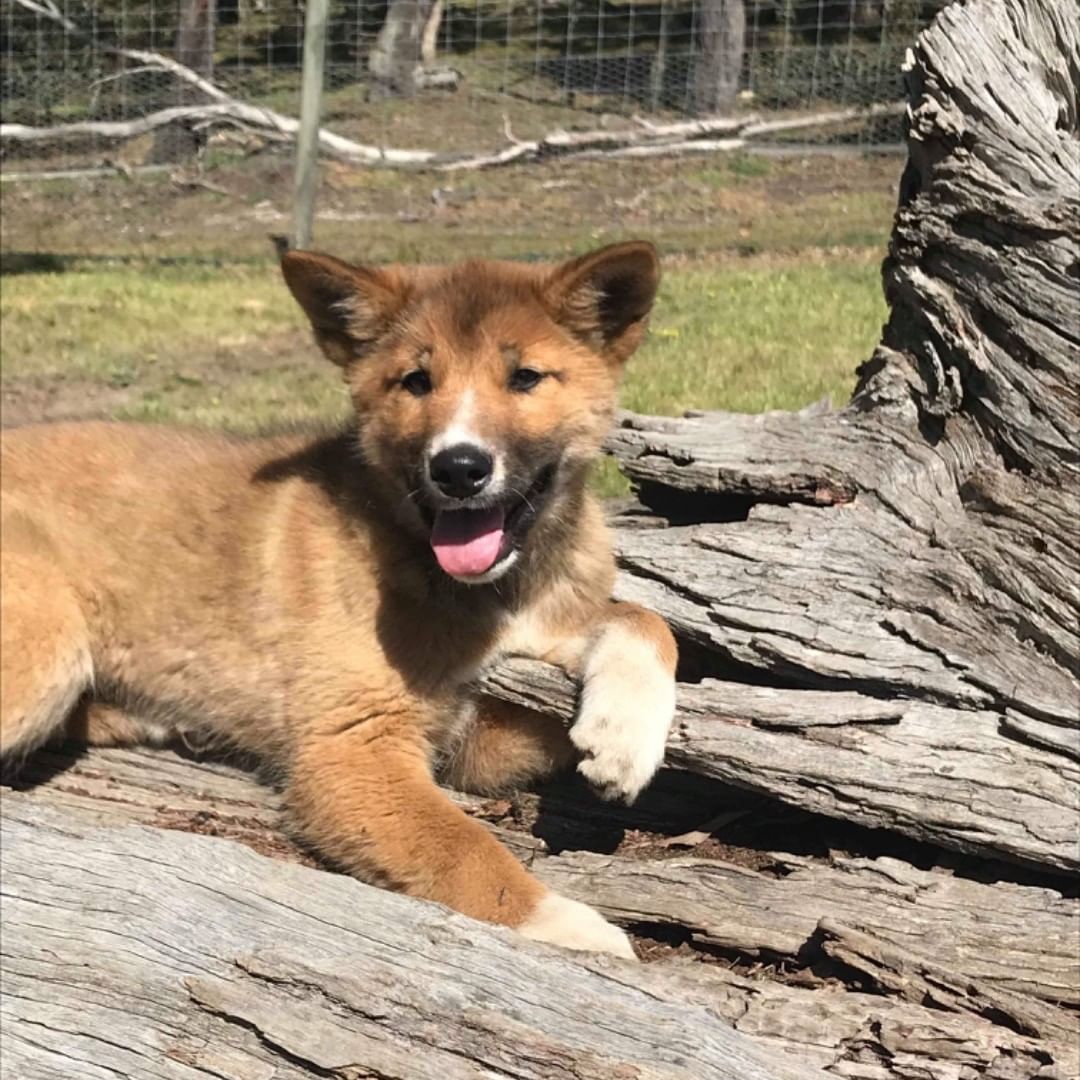


Dingoes will hunt rabbits, rodents, birds, macropods and reptiles. These gorgeous carnivores are Australia’s apex land predator! They play a vital role in the ecosystem by maintaining populations of both feral and native species. They can be found throughout alpine ranges, coastal terrain and even in the blistering desert. Standing up to 60 centimetres (2 feet) tall and weighing between 12 to 24 kilograms (26 to 52 pounds), the dingo is very intelligent and resourceful, therefore adapting to live in a variety of environments. Did you know that dingoes are in the canine family, but aren’t actually dogs and are by nature, very shy and timid? Unlike wild dogs, they do not hunt in packs or bark instead they howl – just like a wolf!ĭingoes have been on mainland Australia for over 4,000 years – crikey! They were introduced by Indonesian seafarers and have since played an important role in the culture of Australia’s First Nations people. With dingoes showing behaviors somewhere between wolves and dogs and exhibiting only slight genetic ability to consume starchy foods or tolerate captivity, Shipman concluded that "A dingo is a wolf on its way to becoming a dog, that never got there.Here at Australia Zoo our gorgeous dingoes can be spotted exploring their home and enjoying their daily walks. But, according to aboriginals, dingoes are not dogs. Many people argue that dingoes are just dogs - strange dogs, but just dogs, said Shipman. However, aboriginal Australians have a long history of living with dingoes in their lives. Even recently, asking aboriginals for their scientific or behavioral knowledge really was not common." "So, no one thought to ask them about dingoes. "Aboriginal Australians were not well-regarded as holders of knowledge or special skill when Europeans came to the continent," said Shipman. Domestic dogs that become feral do not survive well in the outback. Native Australians also did not manipulate dingo breeding, which is a hallmark of domestication.ĭingoes are also well-adapted to the Australian outback and fare well in that environment. The ability to closely bond with humans is limited in dingoes, although present in dogs. While indigenous Australians stole dingo puppies from their dens and raised them, these puppies generally left human homes at maturity and went off to breed and raise offspring. Dingoes, like wolves, have very few of the genes for starch digestion. Their genome changed to allow the digestion of these starches. Most domestic dogs evolved along with humans as humans became agriculturalists and moved to a diet containing large amounts of starch, whether from maize, rice, potatoes or wheat. Genetically and behaviorally they differ from dogs and are more like wolves in their inability to digest starches and their relationships with humans.

"There is a basic doggy look to dingoes," said Shipman. Shipman reports her analysis of wolves, dogs and dingoes in a January 2021 special issue of the Anatomical Record.ĭingoes, and the closely related New Guinea singing dogs, look like the default definition of dog, but they are not dogs. "In evolutionary terms, dingoes give us a glimpse of what started the domestication process." "Part of the reason I'm so fascinated with dingoes is that if you see a dingo through American eyes you say, 'that's a dog,'" said Shipman. Shipman believes that date may be even earlier, but no fossils have yet been found. A large portion of dingoes in Australia today have domestic dog in their ancestry, but dingoes came to Australia at least 4,000 years ago according to fossil evidence. Defining species boundaries in canids becomes more difficult.ĭomestic dogs came to the Australian continent in 1788 with the first 11 ships of convicts, but dingoes were already there, as were aboriginal Australians who arrived on the continent about 65,000 years ago.

However, many canid species, including wolves, dingoes and dogs, can interbreed and produce fertile offspring. In most animals, hybridization between closely related species does not happen, or like female horses and male donkeys, produce mules - usually non-fertile offspring. Wolves, dogs and dingoes are all species of the canidae family and are called canids. A lot of genetic and behavioral work has been done with wolves, dogs and dingoes. "They really are, I think, different animals. "Indigenous Australians understood that there was something different about the dingoes and the colonial dogs," said Pat Shipman, retired adjunct professor of anthropology, Penn State.


 0 kommentar(er)
0 kommentar(er)
